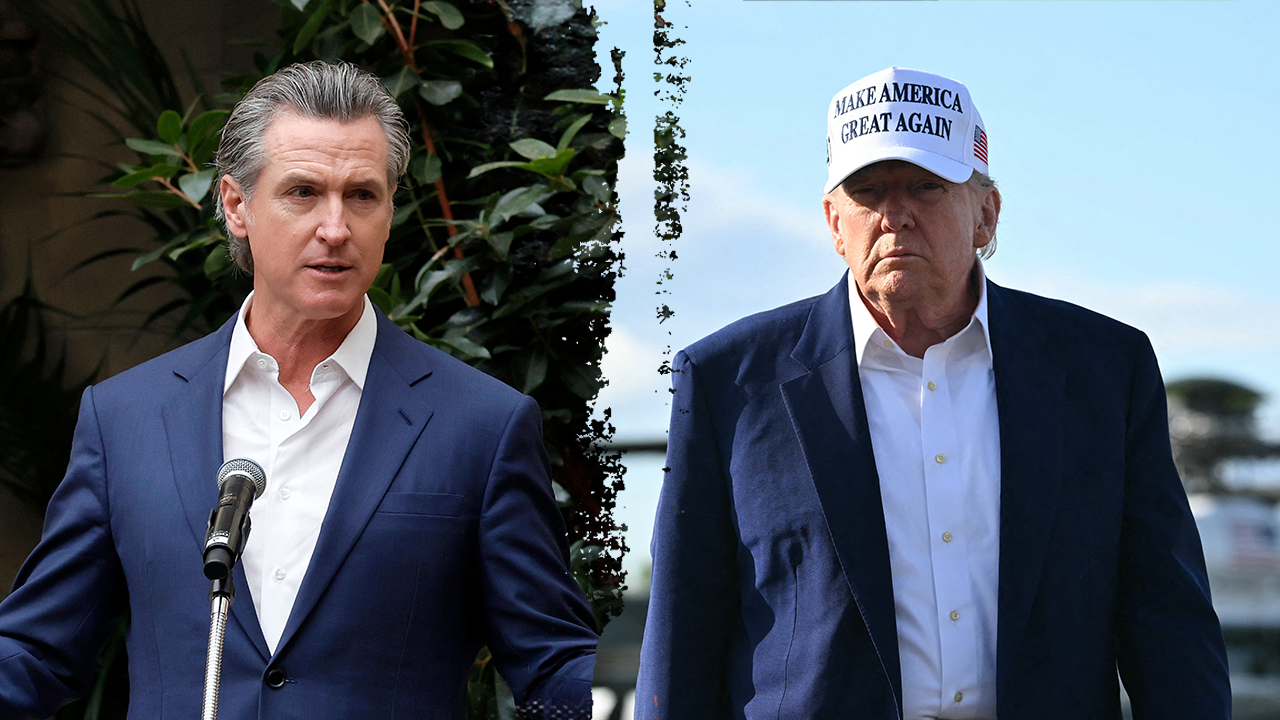NEWYou can now listen to Fox News articles!
After Trump's strategic strike on Iran's nuclear facilities,
Twelve days of air raids, missile exchanges, and brinksmanship between Israel and Iran have ended in a precarious ceasefire. Brokered by the United States, the truce has temporarily halted a conflict that threatened to spiral into a regional war involving U.S. forces, energy markets, and global nonproliferation norms.
Now that the dust has settled, the critical question emerges: What was the true purpose of America’s decision to strike Iran’s nuclear infrastructure? And what should our strategic posture be moving forward?
The True Motive Behind the Strike
President Trump claimed the strikes were necessary because Iran was "weeks away" from producing a nuclear weapon. In a televised address, he said Iran could complete a bomb in "a couple of weeks" if it chose to. Press Secretary Karoline Leavitt echoed the urgency: "Iran could produce [a nuclear weapon] in just weeks."
TRUMP BROKERS IRAN CEASEFIRE AS EXPERTS SAY REGIME’S ARSENAL IS SHATTERED BUT THREAT REMAINS
Yet Director of National Intelligence Tulsi Gabbard testified in March 2025 that Iran was not building a nuclear weapon and had not resumed warhead development, despite its stockpile of enriched uranium. After Trump publicly contradicted her—"She's wrong," he said—Gabbard later amended her position to reflect the administration's concern, noting that Iran could produce a weapon "within weeks to months, if they decide to finalize the assembly."
In essence, Iran had crossed the nuclear threshold—possessing enough highly enriched uranium to build a bomb—but hadn’t done so. The strike, therefore, wasn’t meant to neutralize an imminent weapon but to deny Iran near-term build options. It was a pre-emptive move, based on strategy, not panic.
That calculation has come under renewed scrutiny. A leaked Defense Intelligence Agency memo suggested the U.S. strikes may have only "briefly delayed" Iran’s nuclear program—contradicting Trump’s claim that it had been "obliterated." But the CIA, in a statement from Director John Ratcliffe, countered that intelligence shows several key nuclear facilities were destroyed and would take years to rebuild. This jaw-dropping conclusion validates America’s strategic choice and underscored that the operation dealt a severe, long-term blow to Iran’s breakout potential.
No path to peace—only a Cold War
Despite chatter about diplomacy, a formal peace between Israel and Iran remains far-fetched. Since 1979, Tehran has refused to recognize Israel's existence. Its regime views Israel as illegitimate and calls for its destruction. Israel, in turn, sees Iran as an existential threat, fueled by nuclear ambition and a global network of proxies.
These dynamics remain unchanged. During the NATO summit, President Trump publicly rebuked Israel’s internal politics—criticizing Prime Minister Netanyahu’s corruption trial as a "witch hunt," hinting at possible U.S. reconsideration of military support. This public intrusion into Israeli domestic affairs highlights how deeply U.S. influence now extends beyond the battlefield.
Given these entrenched positions, the most likely outcome is not reconciliation but a prolonged standoff—akin to a modern Cold War. Proxy skirmishes, cyberattacks, and covert operations are likely to define the coming years. Stability will rest on deterrence, not diplomatic optimism.
The limits of peace talks
International actors—especially the UN and EU—are expected to push for new peace talks and arms-control frameworks. Such diplomacy is laudable, but expectations must be tempered.
Iran has already indicated it will not rejoin IAEA inspections without substantial concessions. Israel insists on striking preemptively if it detects renewed threats. The most we can realistically hope for are temporary confidence-building measures—enrichment caps, missile constraints, or localized de-escalation. These are fragile progressions—not true peace treaties.
President Trump has announced that U.S. officials will meet with their Iranian counterparts "next week" to discuss nuclear concerns and regional stability. While the announcement signals a shift toward engagement, the administration’s ongoing tensions with the intelligence community—combined with Iran’s entrenched ideological stance—cast doubt on the prospects for any enduring diplomatic breakthrough.
CLICK HERE FOR MORE FOX NEWS OPINION
A realistic path forward
The best strategic objective now is not peace, but stability. That means a policy of managed containment:
- Reinforce deterrence: Make clear that renewed Iranian nuclear activity or proxy aggression will be met swiftly and decisively.
- Preserve regional alliances: Deepen cooperation with Israel, Gulf allies, and NATO partners for shared intelligence and defense.
- Support quiet diplomacy: Keep communication open through intermediaries like Qatar and Oman to reduce miscalculation.
- Maintain inspection mechanisms: A limited IAEA presence, even under compromise, provides critical transparency.
Conclusion
Contrary to initial claims, President Trump’s strike was not about ending an immediate nuclear threat but about denying Iran any rapid pathway to one. The CIA’s confirmation that Iran’s key nuclear sites were destroyed and will take years to rebuild supports this strategy.
CLICK HERE TO GET THE FOX NEWS APP
Peace with Iran remains a far-off dream. Instead, America must brace for a prolonged, asymmetric contest—driven by proxy struggles, cyber tensions, and ideological rivalries. The ceasefire may hold, but the war is not over.
Real victory lies not in treaties or summits, but in steady deterrence, disciplined diplomacy, and clear-eyed strategic patience.
Robert Maginnis is a retired US Army officer and the author of 12 books, including his most recent, "Preparing for World War III" (2024).
.png)
 German (DE)
German (DE)  English (US)
English (US)  Spanish (ES)
Spanish (ES)  French (FR)
French (FR)  Hindi (IN)
Hindi (IN)  Italian (IT)
Italian (IT)  Russian (RU)
Russian (RU)  4 hours ago
2
4 hours ago
2









Comments